What Is Tamari and How Is It Different From Soy Sauce?
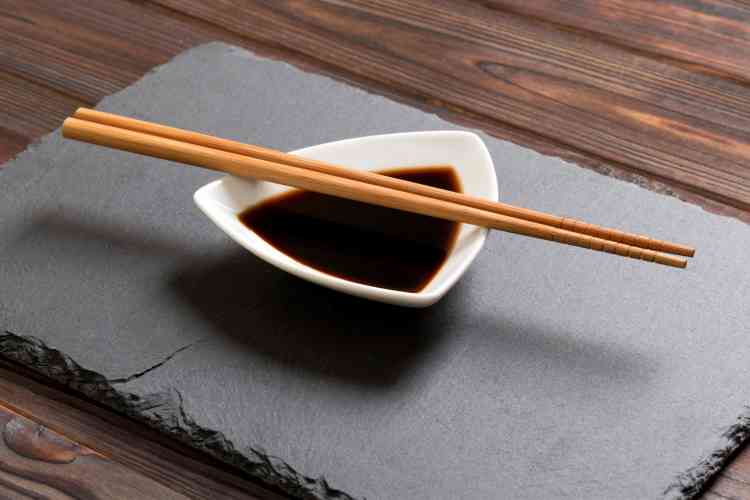
If you’re a fan of cooking shows, you may notice that chefs sometimes use tamari instead of soy sauce in Asian dishes. Your first reaction might be to roll your eyes. Is this another froufrou ingredient that’s going to end up at the back of your pantry shelf? Or is this something you really need?
The distinctive zingy flavor of soy sauce defines many Asian dishes. Tamari tastes almost identical to soy sauce, so the two can be used interchangeably in Asian recipes. However, there are a few key differences between tamari and soy sauce that are worth understanding, like which one has a higher sodium content, which one is gluten-free and which is the right choice for vegans. Learning about what makes tamari different from soy sauce will make it easy to decide which one works best for your recipe or diet.
Jump to Section
- What Is Tamari?
- What Does Tamari Taste Like?
- Tamari vs. Soy Sauce
- How to Use Tamari
- Is Tamari Gluten-Free?
- Is Tamari Vegan?
- Substitutions for Tamari
- Where to Buy Tamari
What Is Tamari?
The most common use for soy sauce or tamari is as a dipping sauce for sushi and sashimi. Soy sauce is the key to sushi for beginners when trying the new tastes and textures of sushi for the first time. Tamari is almost identical to soy sauce. It’s a dark-colored, umami but salty Asian condiment. It can be used as a dipping sauce for your crunchy dynamite roll just like soy sauce or as a seasoning in other dishes.
Soy sauce is most commonly used in Chinese cooking while tamari is the go-to choice in Japanese dishes. Either way, you’ll still get the zing you’re looking for when you choose tamari over soy sauce.
Interested in learning more about cooking Asian cuisine? There are many cooking classes near you that are taught by professional chefs who can help you learn how to utilize these ingredients in your everyday cooking. If you can’t find a class in your area or want to cook from home, check out online cooking classes.
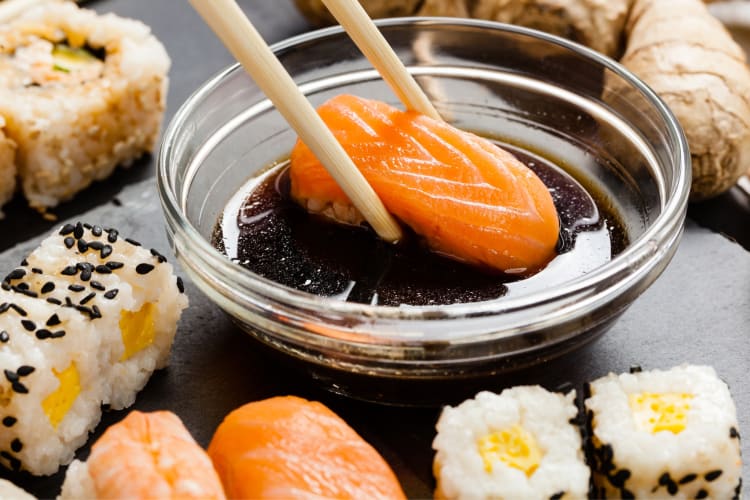
What’s in Tamari Sauce?
Tamari sauce is a pretty simple thing. Traditionally it is made by pressing the liquid out of miso paste, a product made from cooked and fermented soy beans. That’s it. Due to the rise in popularity of tamari, modern manufacturing techniques involve a slightly different process but the end result is the same.
What Does Tamari Taste Like?
Tamari tastes almost exactly like soy sauce, so it’s a unique mix of salty, savory and sweet all at the same time. It gives food a little zing. Due to the way that tamari is made, it tends to taste somewhat less salty than soy sauce (though it is actually higher in sodium).
Tamari is fermented longer, so it tends to be darker in color than soy sauce. And while the difference is subtle, tamari is slightly thicker or more viscous than soy sauce. Tamari (and soy sauce) are the defining ingredient that gives most dishes an Asian flair. Your fried rice wouldn’t be the same without it.
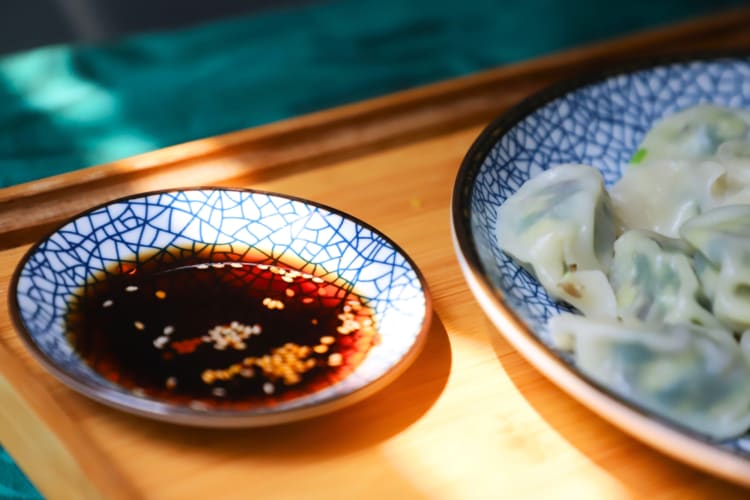
Tamari vs. Soy Sauce
If you already have soy sauce in the cupboard, do you also need tamari? They taste essentially the same, but are they the same thing?
Is Tamari Soy Sauce?
Tamari is a soy sauce in the sense that it is made from soybeans. The key difference between tamari sauce and soy sauce is that soy sauce is usually made with wheat or rice in addition to soybeans.
Does Tamari Have Soy?
Because tamari is made from soybeans, it is considered a soy-based product. If you are sensitive or allergic to soy, tamari isn’t your soy sauce alternative.

Is Tamari Healthier Than Soy Sauce?
Tamari is a great product to have on hand if you’re trying to be health-conscious because it adds flavor and dimension without many calories. When you examine the nutrition profile of tamari vs. soy sauce, there isn’t much difference. For the most part, both tamari and soy sauce are low in calories (about 10 calories per tablespoon).
The biggest health factor to keep in mind when using tamari or soy sauce is the sodium content. Even though tamari tends to taste less salty than soy sauce, it actually has a slightly higher sodium content (over 1,000mg of sodium per tablespoon of tamari vs. 878 mg in soy sauce). High sodium content foods have the downside of causing water retention, bloating and can be problematic for those with high blood pressure.
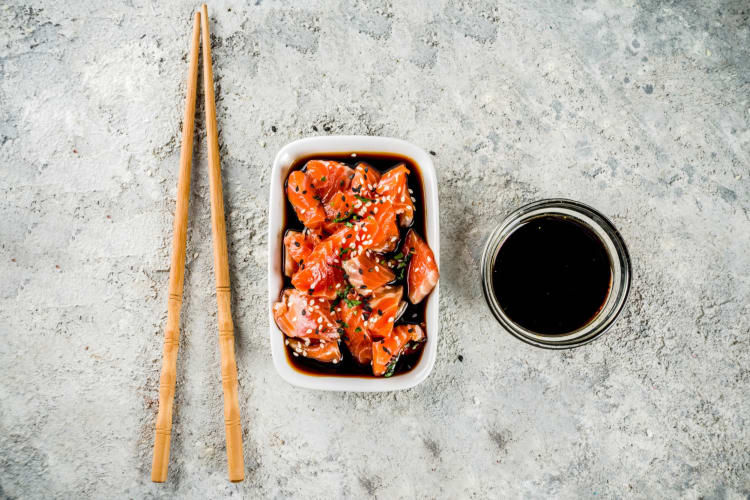
How to Use Tamari
You can use tamari anywhere you’d use soy sauce. Flavor fried rice, dip those potstickers, add it to dishes like General Tso Tofu or stir it into soups and stews. Because tamari tastes less salty than soy sauce, you might find that you prefer it once you try it.

Is Tamari Gluten-Free?
Tamari does not typically include any wheat so it’s a good choice for those who are looking for gluten-free options to soy sauce. Always check labels to be sure.
Is Tamari Vegan?
Tamari and soy sauce are both vegan because neither is made with animal products. Bottles of tamari don’t usually have a vegan label though, so be sure to review the ingredient list just in case. This tempeh bacon recipe is a good way to experiment with tamari if you’re vegan.

Substitutions for Tamari
If you have a recipe that calls for tamari, you can easily substitute the equivalent amount of soy sauce. You might want to reduce the amount just a tad if you are concerned about making your dish overly salty by using soy sauce instead of tamari.
If you don’t have soy sauce on hand, you could use salt as a substitute for tamari. If you happen to have miso-paste, you could consider trying that as well. As a last resort, hoisin sauce or fish sauce might work as substitutes for tamari, but proceed cautiously as both have stronger, more distinctive flavors.
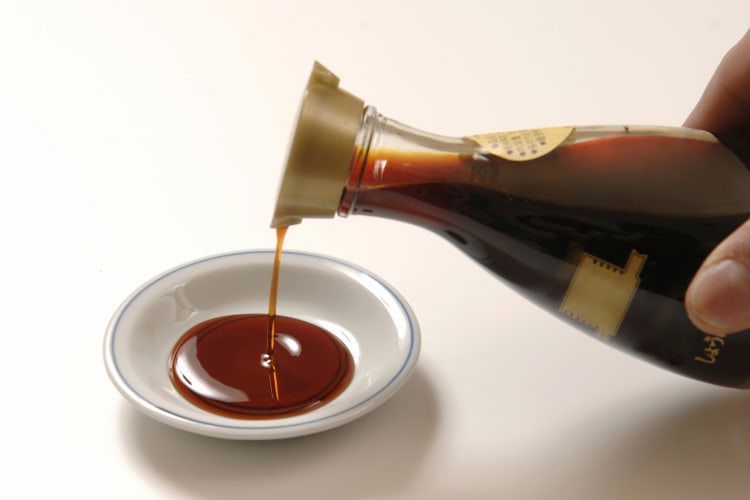
Where to Buy Tamari
Tamari is not hard to find. It is as commonly found on the grocery shelf as soy sauce (and it’s usually sitting right next to it). Asian groceries will have tamari if you want to give it a try and your local grocer doesn’t carry it.

Now that you understand the difference between tamari and soy sauce, you’ll probably reach for it next time you have the option. While the salty bite of soy sauce is a defining flavor that we sometimes crave, it can overwhelm us at times. Once you try tamari, you might retire your soy sauce for good.
For even more ways to explore your favorite foods, check out other experiences happening on Cozymeal.



FOOD FOR THOUGHT?
Join the conversation.